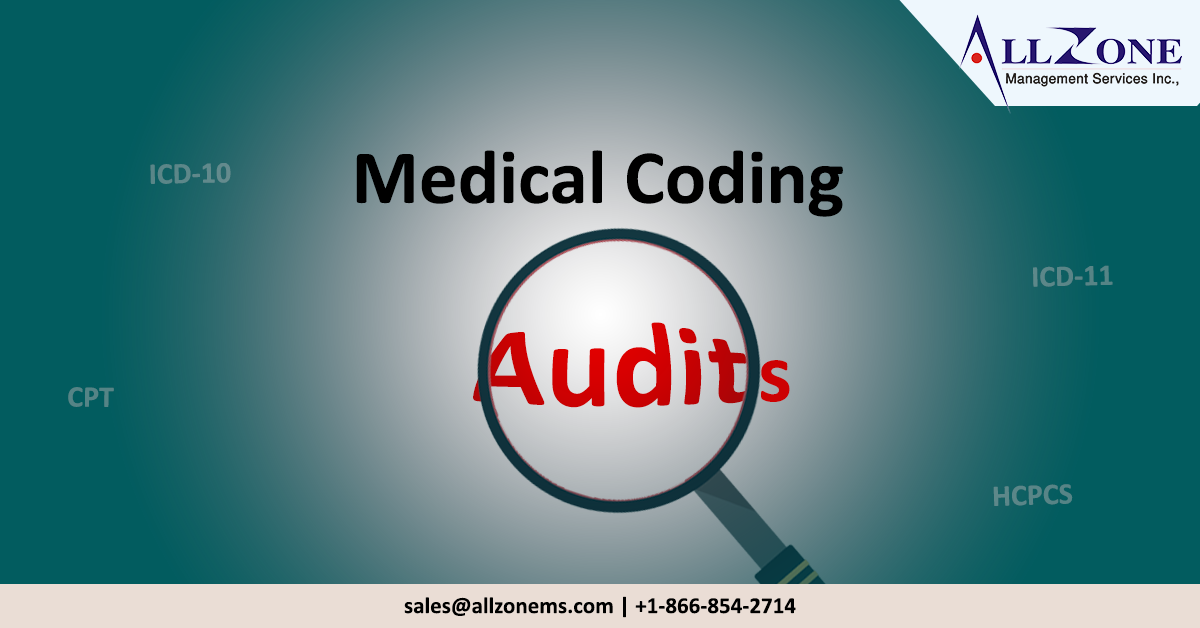Conquer Medical Coding Audits in 2024: Proactive Strategies & Best Practices
Medical coding audits are changing fast. Staying on top of these trends and following best practices can make audits less stressful and smoother.
From reactive to proactive audits
In the past, audits were unpredictable and providers often had to fix problems after the fact. Now, the focus is shifting to preventing issues before they happen:
Targeted audits: Payers use data to identify providers with a higher risk of coding errors, such as those with a history of mistakes or specializing in complex procedures. Be extra careful with your coding if this applies to your practice.
Early checks: Auditors are looking for problems before claims are even submitted. This might involve reviewing coding patterns or checking if documentation is sufficient.
Tech plays a role: Data analysis is becoming important in audits. Special software can find trends in coding and automatically detect errors. Use this to your advantage! Look into coding compliance software to catch errors before submitting claims.
Telehealth and stricter penalties
Telehealth under the microscope: With the rise of telehealth, auditors are paying closer attention to how these services are coded. Make sure your coders know the latest guidelines for telehealth billing.
The cost of errors: Coding mistakes can be expensive, leading to having to repay money or even being excluded from insurance networks. Knowing the potential consequences is a strong reason to prioritize accurate coding.
Conquering audits: Your guide
Knowledge is key to doing well in an audit. Here's how to prepare your practice:
Know the audit types: There are three main ones: internal (done by your staff), external (by payers), and government audits. Each has a different purpose and scope. Knowing the type of audit helps you respond effectively.
Invest in your coders: Your coding team is essential for preventing errors. Make sure they're up-to-date on coding guidelines (ICD-10-CM and CPT) and payer requirements. Consider ongoing training or certifications to keep them sharp.
Documentation is key: Clear, complete, and accurate medical records are essential for accurate coding. Develop and enforce standardized templates that capture all necessary patient encounter details. Regularly check to make sure your documentation standards are being met.
Embrace internal audits: Regular internal audits are not a burden, but a helpful tool. They allow you to identify and fix coding inconsistencies before submitting claims. This proactive approach can save you time, money, and stress in the long run.
Denial management: Denied claims happen, but a good denial management strategy can minimize financial losses. Train your staff to identify common reasons for denials and develop a system for appealing them properly.
Build bridges with payers: Open communication with payers can be very beneficial. Establish clear communication to discuss coding and billing practices. Regularly review payer manuals and updates to stay informed about their specific requirements. Payer resources and training programs can also be valuable.
https://www.allzonems.com/medical-coding-audits-trends-and-guide/




Comments
Post a Comment